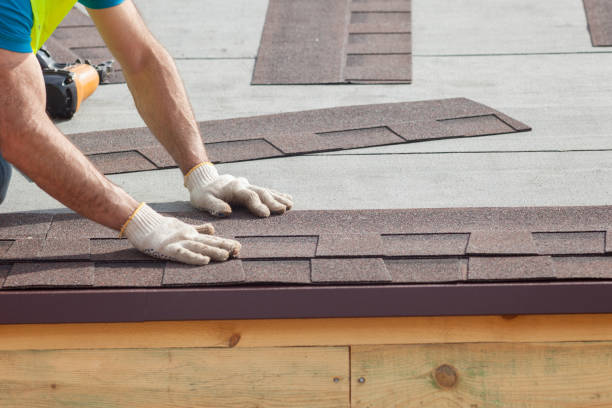Water damage can be one of the most devastating and costly problems that homeowners face. Whether it is caused by a burst pipe, flooding, or a leaky roof, water damage can quickly ruin walls, floors, furniture, and personal belongings. In addition to the immediate damage caused by water, there are also long-term issues such as mold growth and structural damage that can arise if the problem is not addressed promptly.
Fortunately, there are professionals who specialize in water damage restoration and can help homeowners navigate the process of repairing their homes after a disaster. These experts have the knowledge and equipment necessary to assess the extent of the damage, remove excess water from the property, dry out affected areas, and restore damaged materials.
One of the key steps in water damage restoration is assessing the extent of the damage. This involves inspecting all areas of the home that have been affected by water to determine how severe the problem is. Professionals will look for signs of water intrusion such as stains on walls or ceilings, warped flooring, or musty odors. They will also use specialized tools such as moisture meters to measure levels of moisture in building materials like drywall and wood.
Once they dig into it have assessed the extent of the damage, professionals will begin removing excess water from the property. This may involve using pumps to extract standing water from basements or crawl spaces or using industrial-grade dehumidifiers to dry out saturated carpets and upholstery. Removing excess water quickly is essential to prevent further damage and minimize mold growth.
After excess water has been removed from the property, professionals will focus on drying out affected areas. This may involve setting up fans and dehumidifiers to circulate air and speed up evaporation or using specialized drying techniques for hard-to-reach areas like wall cavities or under flooring. Drying out affected areas thoroughly is crucial to prevent mold growth and ensure that repairs can be made effectively.
Once all affected areas have been dried out, professionals will begin restoring damaged materials such as drywall, insulation, flooring, and furniture. This may involve replacing damaged materials entirely or repairing them using techniques like sanding down warped wood floors or patching holes in drywall. The goal of restoration is to return the home to its pre-damaged condition while also addressing any underlying issues that could lead to future problems.
In conclusion Water damage restoration is a complex process that requires expertise and specialized equipment but with professional help homeowners can turn back time on their properties after facing this devastating issue.



